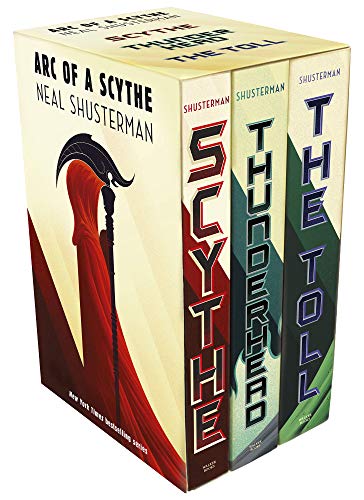Yes, scythes come in different sizes
Scythes are agricultural tools that have been used for centuries to cut grass, grains, and other vegetation. They consist of a long, curved blade attached to a long handle, allowing the user to swing the blade in a sweeping motion to cut through plants. While scythes may seem like a generic tool, they actually come in different sizes to accommodate different needs and preferences.
The size of a scythe affects its reach and cutting power
One of the main reasons why scythes come in different sizes is to accommodate the user’s reach and cutting power. A longer scythe allows the user to reach a greater distance while cutting, which is especially useful in large fields or hilly terrains. A shorter scythe, on the other hand, may be preferred by users who have a smaller build or less strength, as it requires less effort to swing.
The blade length and handle length can vary
When it comes to scythe sizes, two key measurements to consider are the blade length and handle length. The blade length refers to the length of the curved cutting edge, while the handle length refers to the length of the handle that the user grips. The combined length of the blade and handle determines the overall size of the scythe.
Blade lengths can range from around 60 cm (24 inches) to over 90 cm (36 inches), with shorter blades generally being more maneuverable and easier to control. Handle lengths can also vary, with longer handles providing greater reach and leverage. Users may choose a scythe size based on their physical strength, the type of vegetation they are cutting, and the size of the area they need to cover.
Specialized scythes for different tasks
In addition to different sizes, there are also specialized scythes designed for specific tasks. For example, there are grass scythes with narrow blades that are ideal for cutting grass without damaging the surrounding plants. There are also grain scythes with wider blades that are designed for harvesting crops like wheat or barley.
Furthermore, there are different blade shapes and angles that can affect the cutting performance. Some scythes have blades that are curved inwards, while others have blades that are straight or even slightly curved outwards. The angle of the blade can also vary, with some scythes having a steeper angle for more aggressive cutting, and others having a shallower angle for a smoother cut.
Choosing the right scythe size for your needs
When choosing a scythe, it’s important to consider your specific needs and preferences. If you have a large field to mow or you need to reach vegetation from a distance, a longer scythe with a longer handle may be more suitable. Conversely, if you have limited strength or mobility, a shorter scythe with a shorter handle may be easier to handle.
It’s also important to consider the type of vegetation you will be cutting. For dense or thick grass, a scythe with a wider blade and a steeper angle may be more effective. For delicate crops, a scythe with a narrower blade and a shallower angle may be more appropriate to minimize damage.
In conclusion, scythes do come in different sizes to accommodate various needs and preferences. The size of a scythe can affect its reach, cutting power, and maneuverability. Additionally, there are specialized scythes designed for different tasks, and the blade shape and angle can also affect cutting performance. Ultimately, choosing the right scythe size involves considering your physical abilities, the type of vegetation you will be cutting, and the size of the area you need to cover.






